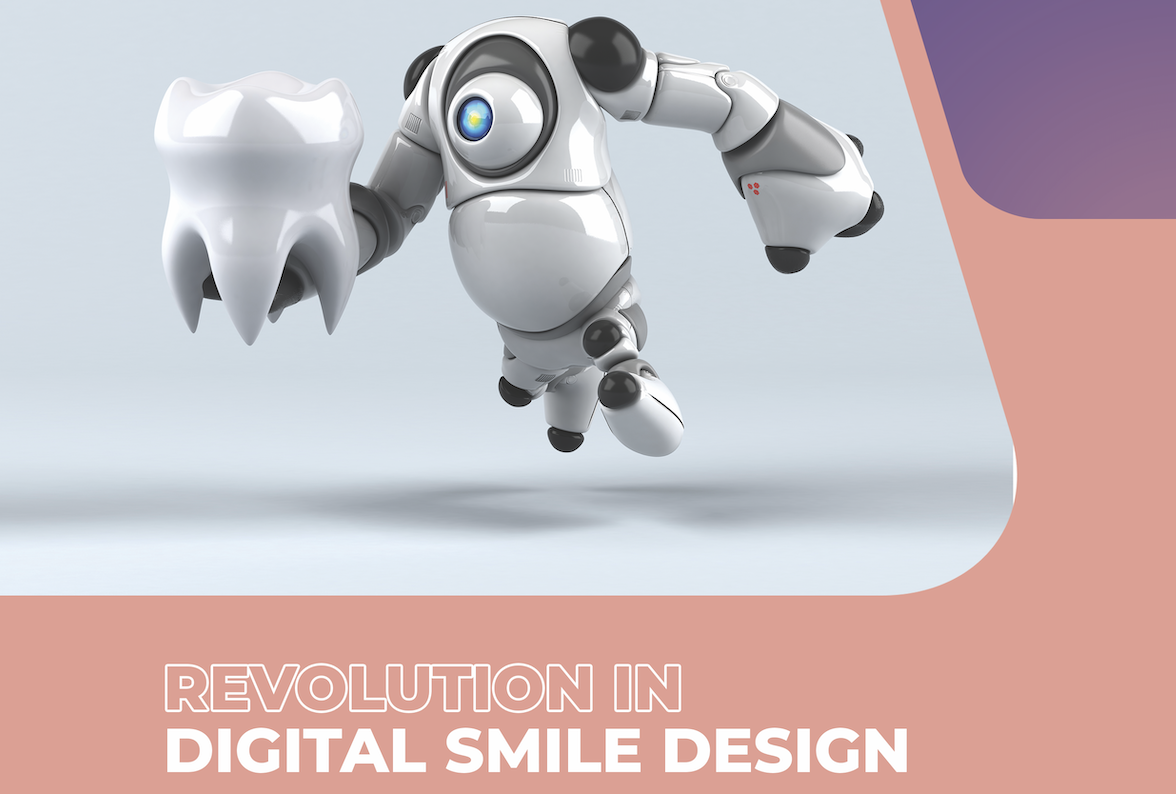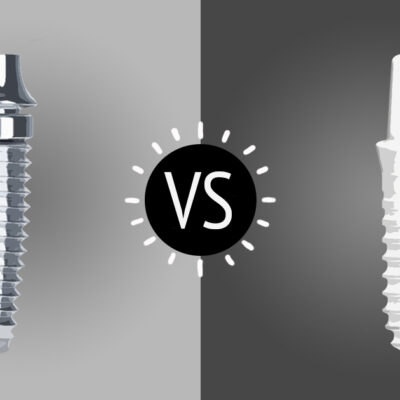Dental bridges and crowns are commonly used to replace missing teeth. In fact, they have become so common that in some regions the vast majority of people with missing teeth have them replaced with a bridge. Though you may think that a dental bridge is permanent, it is not. A dental bridge is not secured in your mouth as much as it’s anchored there with several small screws and other tiny fasteners. While dentists can create these devices from metal or ceramic materials and use them to replace one or more missing teeth, they aren’t permanent because removing them requires surgery and another appointment with your dentist.
Even if you take good care of your bridge, the materials will deteriorate over time. Eventually, you will want to remove it and get something new. Thus, while a dental bridge gives you the confidence of having a smile again and avoids plastic-looking dentures, it isn’t permanent unless you plan on keeping it forever through old age and beyond!
What are dental bridges?
A dental bridge is a solution when you have lost a tooth, or when you have a gap that is causing your other teeth to become loose. This replacement tooth will fill in the space where something is missing, creating a natural appearance while helping to restore the tooth.

There are four main types of bridges, and your dentist will determine which is the right option for your situation. A traditional bridge is the most common type, which includes one or more fake teeth held in place with crowns. These crowns are cemented to the teeth surrounding the tooth that is missing.
Cantilever dental bridges
Another option is a cantilever bridge, which is supported by a crown on only one side. If you only have one tooth next to your missing tooth, you can still have this type of crown secured to your mouth. Maryland bridges offer a more conservative approach, using porcelain or metal framework to hold the fake tooth in place. These bridges aren’t as strong as those cemented in, so teeth that have a lot of biting force won’t be able to hold up with a Maryland bridge.
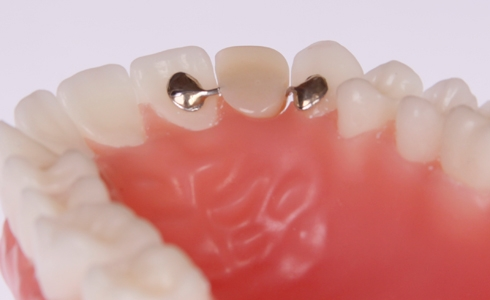
The final type is an implant-supported bridge, which is often used when you have more than one tooth that is missing. These bridges are held in place by implants, which are secured to your jawbone for maximum stability. Most dentists will place one implant for each tooth that is missing
How do dental bridges work?
A dental bridge is a removable tooth replacement that fits over the gap created by one or more missing teeth. It is held in place by a small amount of gum tissue. The two main types are fixed bridges, where the teeth on either side of the gap are permanently altered so they can support the missing tooth replacement, and cantilever bridges, where the tooth replacement is supported by a false tooth on one side and a screw-like anchor on the other.
The dental bridge or crown is made of a soft material that’s shaped like a real tooth. It’s placed over the gap in your teeth. The false teeth on either side of the space are affixed to your natural teeth. A small amount of gum tissue holds the bridge in place.
What are the benefits of a dental bridge?
A dental bridge can restore your teeth to their full capacity and prevent any teeth from shifting. The dental bridge will look and feel like your natural teeth, and it will be easier to clean than a set of dentures. Since you’ll have all your teeth, you’ll be less likely to develop health problems associated with tooth loss and oral diseases like periodontal disease. And you’ll be able to eat anything you want and smile without feeling self-conscious.
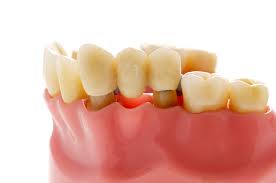
What is involved in getting a dental bridge?
The first step in getting a dental crown is to have an examination and diagnosis of the problem. You dentist will examine your mouth and may take X-rays to get a better view of the problem areas. Your dentist will then identify the teeth that are missing and suggest a treatment option.
In some cases, you may be offered more than one treatment option. Your dentist will help you decide which treatment option is best for you. Once you and your dentist agree on a treatment option, the next step is to schedule an appointment to get the work done. You will have to have the teeth on either side of the gap prepared by your dentist.
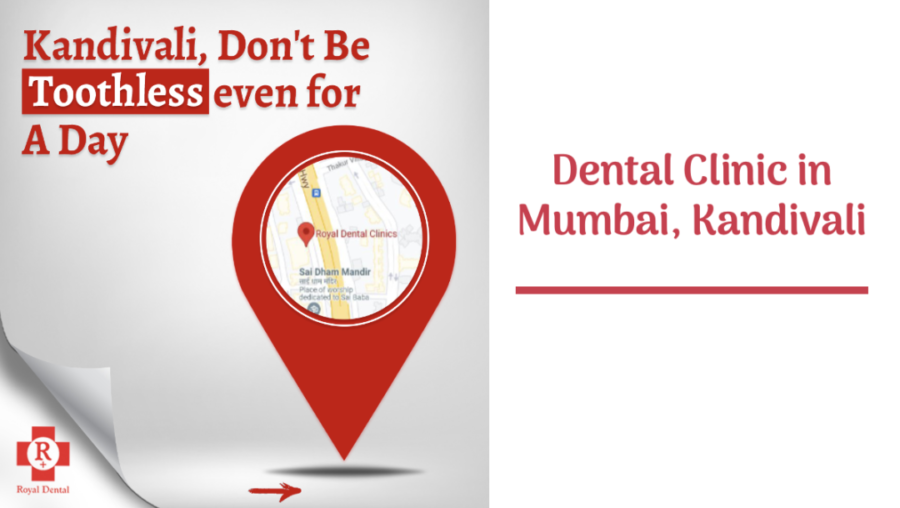
The dentist may do this by filing down the teeth or applying a special chemical to the teeth to make them a little softer. This extra preparation is necessary so the dental bridge can be attached. If you already wear dentures, the dentist might attach the dental bridge to your lower dentures. This can be done by removing the existing teeth on the lower dentures and replacing them with a special type of tooth replacement called an abutment.
Is a dental bridge good for your teeth and mouth?
Since a dental bridge is anchored only by a few small screws and a small amount of gum tissue, it is less likely to harm your teeth and jaw than a full bridge or a bridge used for a single tooth. As a result, it’s often a good treatment option for older people whose gums have become less elastic. A dental bridge may be a good treatment option if you have a tooth or teeth that have become worn down by grinding or if you have a sunken area in your gums or other structures.

Benefits of dental crowns
Dental crowns and bridges offer a number of benefits. This simple procedure provides an appealing cosmetic result that eliminates space and creates a uniform, beautiful smile. When you have one or more missing teeth, you can also suffer from problems with biting and chewing. Replacing the teeth with bridges will eliminate any problems you might experience when you’re eating. Your speech can also be impacted by a missing tooth. So filling it in with a fake tooth will allow you to speak normally.

With the right treatment, a missing or damaged tooth doesn’t have to impact the look of your smile or the overall condition of your mouth. Dental bridges offer a number of advantages. So if your dentist recommends this treatment for your condition, it’s an excellent option.
Are there disadvantages to having bridge?
Because a dental bridge is connected only by a small amount of gum tissue. It can slip out of place and fall off. This can be particularly problematic if you are eating or chewing. If the dental bridge is not secured to your teeth, it can easily slip out of place and fall off. And you’re missing teeth and want to avoid the risks of oral diseases. The disadvantages of a dental bridge are that you must maintain a good daily oral hygiene routine to prevent plaque and tartar from building up around the false teeth. If plaque or tartar gets between your teeth and the false teeth. It can’t be removed without the help of dental floss or dental picks.
Final words
Dental bridges can be an effective treatment if you are missing teeth. However, if you are considering getting dental bridges, you should know that they are not permanent. While they look like your natural teeth, they are held in place by a few small screws and a small amount of gum tissue. Thus, a dental bridge is not as permanent as dentures. And while dental bridges may be a good treatment option if you have a tooth or teeth that have become worn down by grinding or if you have a sunken area in your gums or other structures, they can be challenging to keep clean.

